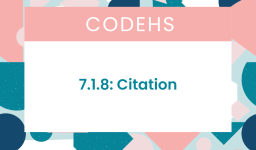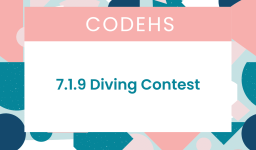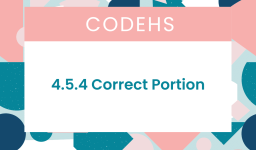The most common answer is:
speed(0)
penup()
setposition(-150,0)
pendown()
def square_lol(even):
if even % 2 == 0:
color(“black”)
begin_fill()
for i in range (4):
forward(25)
left(90)
end_fill()
for i in range(6):
pendown()
square_lol(i)
penup()
forward(40)To draw a sequence of black and white squares based on their position (even or odd), this function square_lol should fill the square with black color for even positions and presumably leave it unfilled or fill with white for odd positions.
However, the handling for odd positions (to make squares white or unfilled) is missing in your code. Additionally, there are minor syntax issues with your string literals and the placement of turtle movement commands.
Let’s correct and complete your code:
import turtle
turtle.speed(0) # Set the drawing speed to the fastest
turtle.penup()
turtle.setposition(-150, 0)
turtle.pendown()
def square_lol(even):
# Fill with black for even, white for odd positions
if even % 2 == 0:
turtle.color("black")
else:
turtle.color("white") # Assuming a white background, this will make odd squares appear unfilled
turtle.begin_fill()
for _ in range(4):
turtle.forward(25) # Side length of the square
turtle.left(90)
turtle.end_fill()
# Draw 6 squares in a row, alternating colors
for i in range(6):
turtle.pendown()
square_lol(i)
turtle.penup()
turtle.forward(30) # Adjust spacing between squares if necessary
turtle.done() # Keep the window open until manually closed
This corrected version includes a few adjustments:
- The
square_lolfunction now checks if the indexevenis actually even or odd and sets the color accordingly. For even indices, it sets the color to black, and for odd indices, to white. - After drawing each square, the turtle moves forward by 30 units to position itself for the next square, ensuring there’s a small gap between each square.
- The loop correctly iterates 6 times to create 6 squares in a row, with the
square_lolfunction being called with each iteration’s index to determine the square’s color. - Import statement for
turtleis added at the beginning for completeness.



